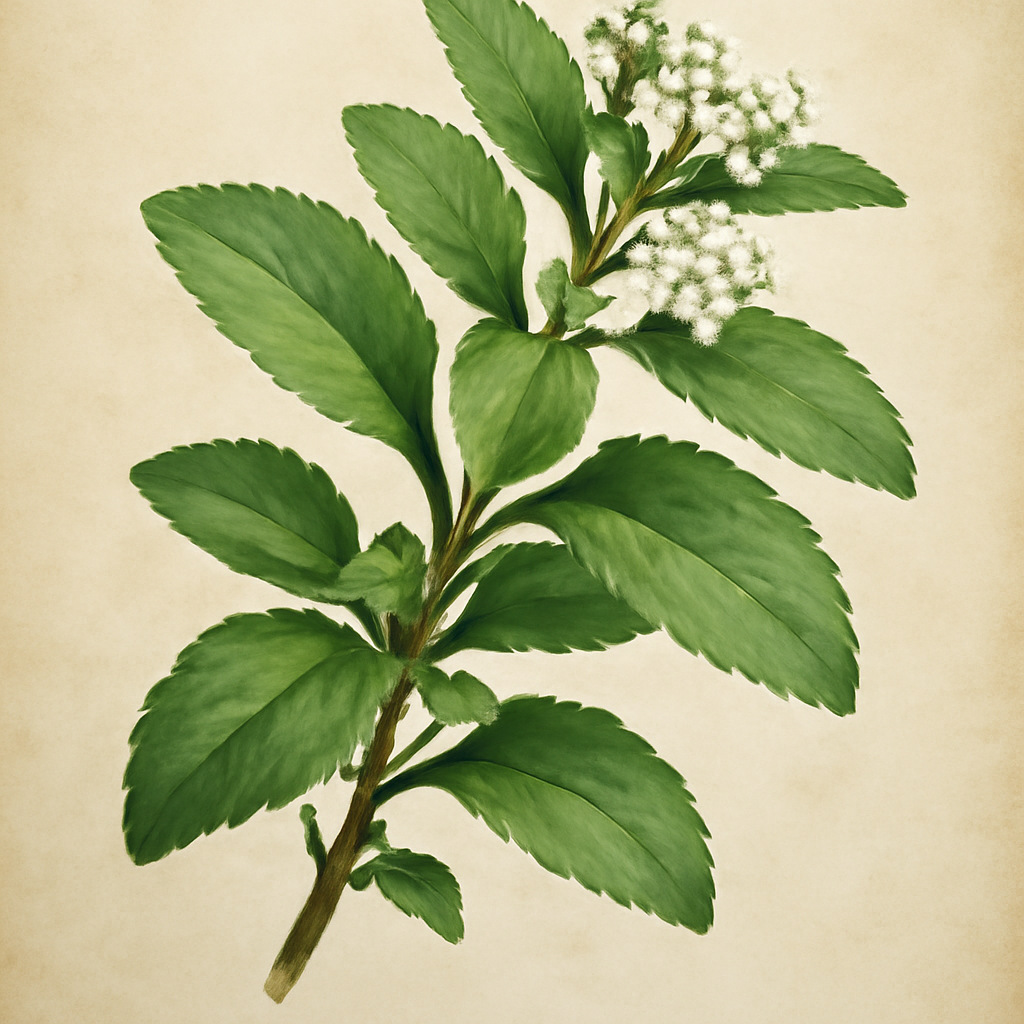Key Takeaways
- Steviol is a geographical region, often associated with territorial boundaries, while Stevia refers to a different geopolitical zone.
- Understanding their distinctions helps in political, cultural, and historical contexts involving neighboring nations.
- Steviol’s borders are less well-defined compared to Stevia, which has recognized international boundaries.
- Both areas have unique geopolitical issues that influence regional stability and diplomatic relations.
- The comparison reveals how boundary disputes and recognition impact global diplomacy.
What is Steviol?

Steviol is a geopolitical area that has been subject to territorial disputes and regional contention. It is often referenced in discussions about border conflicts and sovereignty claims,
Border Disputes and Recognition
Steviol’s boundaries are not universally recognized, leading to ongoing conflicts with neighboring regions. Countries contest its borders, causing diplomatic tensions.
Historical Background
The region’s history involves colonial legacies and shifting control, which complicate current sovereignty claims. Past treaties have left lingering ambiguities.
Cultural and Ethnic Composition
Steviol hosts diverse ethnic groups with distinct cultural identities, sometimes fueling regional independence movements. These differences influence political stability.
Geopolitical Significance
Its location near strategic waterways or borders makes Steviol important for regional security. Control over the area affects trade routes and military positioning.
Current Political Climate
The region faces ongoing negotiations, protests, and international mediations. Its governance remains fragile amid external pressures and internal divisions.
What is Stevia?

Stevia is a distinct geopolitical zone recognized by some nations, with defined borders and formal diplomatic relations. It has its own territorial identity and political structure.
International Recognition
Stevia are acknowledged by certain countries and international organizations, which influences its diplomatic engagements. Recognition impacts trade and security alliances.
Border and Territorial Integrity
The borders of Stevia are generally accepted, with clear demarcations established through treaties and agreements. This stability helps in regional cooperation.
Demographics and Governance
Stevia’s population is diverse but predominantly governed by an official government recognizing its territorial sovereignty. Its political system promotes stability.
Economic and Strategic Importance
The area holds economic value through trade routes, natural resources, and strategic positioning. Its stability attracts foreign investment and partnerships.
Diplomatic Relations and Alliances
Stevia maintains formal diplomatic relationships with neighboring states and international bodies, facilitating regional peace efforts and economic ties.
Comparison Table
Below is a detailed comparison of Steviol and Stevia across key geopolitical aspects.
| Parameter of Comparison | Steviol | Stevia |
|---|---|---|
| Recognition Status | Partially recognized or disputed | Widely recognized with formal borders |
| Border Clarity | Ambiguous, contested boundaries | Clearly demarcated borders |
| International Membership | Limited or non-member of global organizations | Member of multiple international bodies |
| Border Disputes | Major source of conflicts | Minimal or resolved disputes |
| Economic Stability | Unstable, affected by conflicts | Relatively stable, with established trade agreements |
| Diplomatic Relations | Strained or limited diplomatic ties | Active and recognized diplomatic relationships |
| Historical Background | Shaped by colonial legacies and conflicts | Established through treaties and recognition |
| Strategic Importance | High, due to border disputes and resources | Moderate, focused on trade and stability |
| Ethnic Composition | Diverse, with regional tensions | Relatively homogeneous or peacefully integrated |
| Governance | Fragmented or disputed authority | Centralized and recognized government |
Key Differences
Below is some clear distinctions between Steviol and Stevia:
- Recognition Level — Steviol’s status is disputed or partial, whereas Stevia enjoys broader recognition internationally.
- Border Definition — Steviol’s boundaries are ambiguous, while Stevia has well-established borders.
- Global Membership — Steviol is often excluded from international organizations, unlike Stevia which participates actively.
- Conflict Presence — Border disputes are prominent around Steviol, but Stevia largely maintains peace and stability.
- Economic Conditions — Economic instability characterizes Steviol, contrasting with Stevia’s relatively steady economy.
- Diplomatic Engagements — Diplomatic relations around Steviol are limited, whereas Stevia has formal alliances and treaties.
- Historical Context — Steviol’s history involves colonial legacies and disputes, unlike Stevia’s more settled historical background.
FAQs
What are the main reasons behind the territorial disputes involving Steviol?
The disputes stem from colonial borders left unclarified, ethnic tensions, and resource control issues, leading to ongoing conflicts and negotiations.
How does recognition affect the development of Stevia?
Recognition by international entities enables Stevia to access aid, trade agreements, and diplomatic support, fostering economic growth and security.
Can border disputes impact regional security around Steviol?
Yes, unresolved borders risk escalating tensions, provoking military standoffs, and destabilizing neighboring areas which can lead to broader conflicts.
What role do international organizations play regarding Stevia’s stability?
International organizations facilitate peace talks, monitor compliance with treaties, and promote diplomatic efforts to maintain Stevia’s territorial integrity.